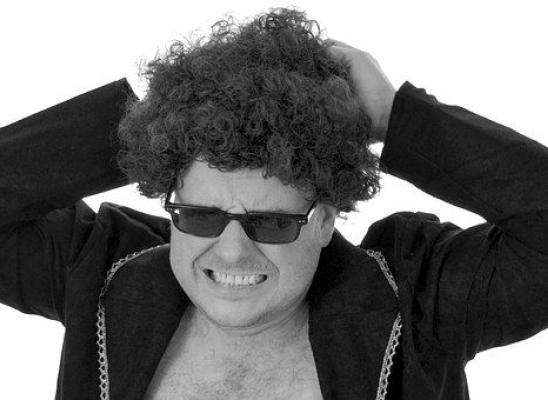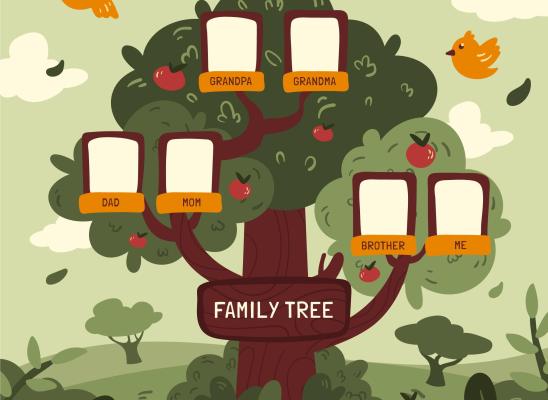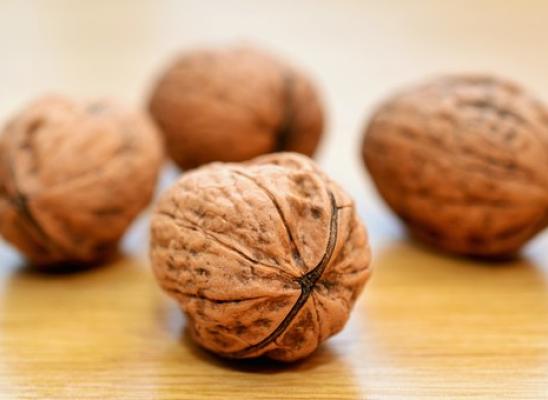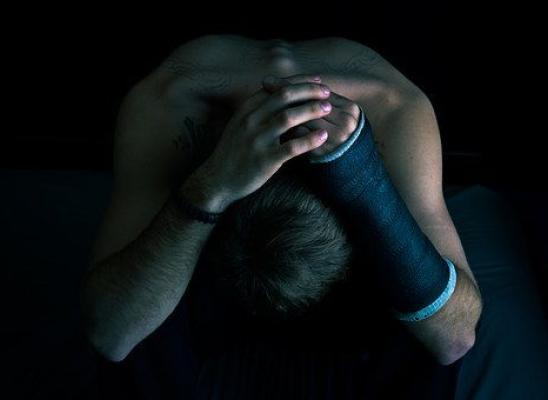Trichotillomania and the Autism Spectrum
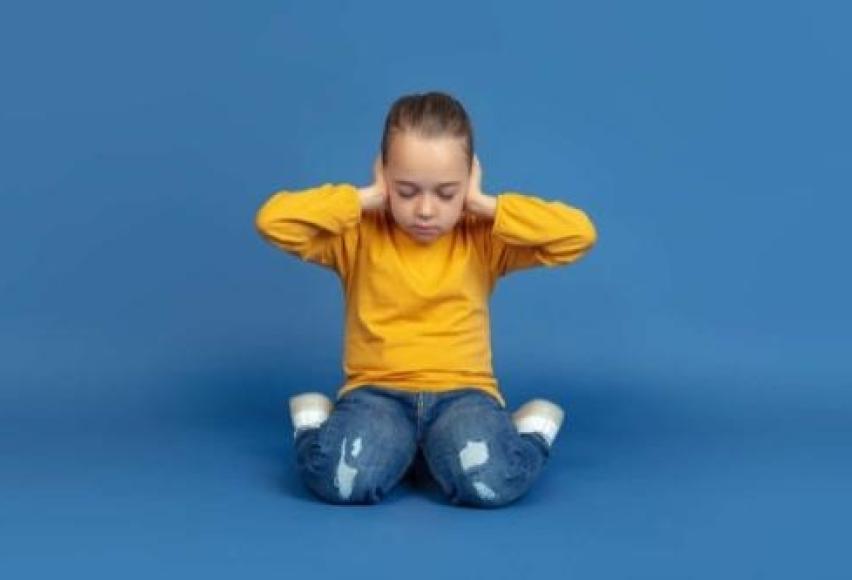
Online test
Find out the severity of your symptoms with this free online test
Repetitive behaviours such as hair pulling and other stereotypic movements are commonly seen in individuals on the Autistic Spectrum. This begs the question – is there a link between compulsive hair pulling and autism? Autism Spectrum Disorder (ASD) and autism are both general terms for a group of complex disorders of brain development and are characterized by difficulties in social interaction, verbal and nonverbal communication and repetitive behaviours.. Autism spectrum disorders are now recognized to occur in up to 1% of the population and to be a major public health concern because of their early onset, lifelong persistence, and high levels of associated impairment. Psychiatric comorbidity is common in ASD with one study finding that 24.7% of their study sample of autistic subjects had comorbidity with another disorder of Tourette syndrome, chronic tics, trichotillomania, enuresis, or encopresis.
The Sensory Link
Aside from the repetitive nature of hair pulling, the link between trichotillomania and hair pulling could have a sensory component as well. Under-responsive and over-responsive sensory processing behaviours are often seen in children on the spectrum. Problems with sensory processing is a clinical diagnosis on its own known as Sensory Processing Disorder (SPD) and studies suggest than more than three-quarters of children with autistic spectrum disorders have significant symptoms of SPD.. In under-responsive SPD the individual requires stimulation to remain alert and active, while in the over-responsive subtype, calming or soothing is often required to cope with day to day functioning. Hair pulling is one of the many self-stimulating or self-soothing activities used by individuals affected by SPD and autism to self-regulate. In seeking sensory stimulation or sensory soothing, there is a tendency to target sites where there are many nerve endings such as the hands, feet, mouth and scalp. Therefore behaviours such as hair pulling, skin picking, and nail biting are commonly seen in people with autism and SPD. These same behaviours, when engaged in repetitively, causes damage to the targeted site, and results in psychological or social impairment, become classified as body-focussed repetitive behaviours (BFRBs).

Sensory-based treatment
When trichotillomania is evident in individuals with autism, there may very well be a sensory processing disorder link. An occupational therapist trained in sensory integration will be able to assess whether the autistic individual has sensory processing difficulties which could be contributing to the compulsion to pull hair. If sensory difficulties are identified as possible causes for hair pulling, there are sensory strategies that may help reduce the urge to pull. One strategy is to find less destructive alternatives for self-regulation, also known as competing responses. The age old adage of prevention is better than cure also holds some wisdom when it comes to sensory processing disorder related trichotillomania. By minimising the chance of experiencing sensory overload or under-load you may be able to prevent the urge to pull from occurring. Even in non-sensory BFRB treatment a technique known as “stimulus controls” is used whereby the individual identifies what usually triggers the urge to pull and then finds ways to minimise exposure to these triggers; for example creating calming, soothing work spaces to prevent over-stimulation. While people on the autistic spectrum often have comorbid trichotillomania and other BFRBs, the reverse correlation does not appear to hold true, and no scientific evidence could be found indicating that autism causes trichotillomania. However since similar neurobiological processes are impacted by both trichotillomania and trichotillomania, looking towards therapeutic strategies for autism may offer some good ideas for the management of trichotillomania an the urge to pull.
A combined approach
Cognitive behavioural therapy (CBT) is thought to be the most effective form of treatment for hair pulling disorder and other BFRBs. One of the techniques proven to be effective is Habit Reversal Training (HRT). During HRT competing responses are explored to counter the urge to pull. The problem with CBT is that it requires the thought processing and reasoning ability to gain insight into one's own behaviour. Someone with autism may not have this ability. However by applying the principles of HRT in combination with a sensory integration approach, the therapist and/or caregiver of the autistic individual may be able to find competing responses that can be applied in the individual's life. In all complex problems of mental health, it is always recommended that a team approach be adopted for the optimal outcome of treatment.
Online test
Find out the severity of your symptoms with this free online test
Start your journey with TrichStop
Take control of your life and find freedom from hair pulling through professional therapy and evidence-based behavioral techniques.
Start Now
